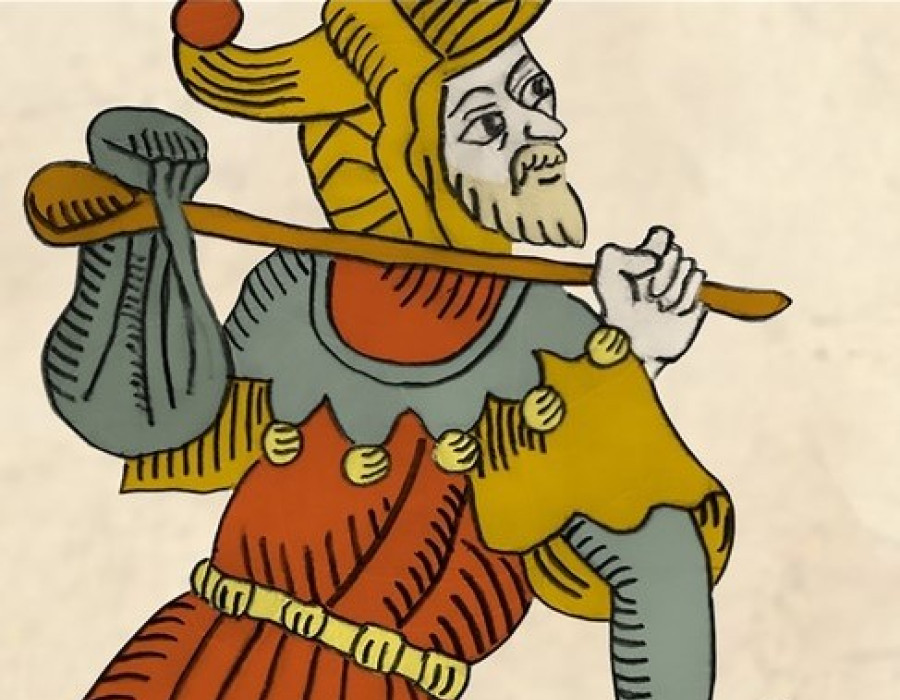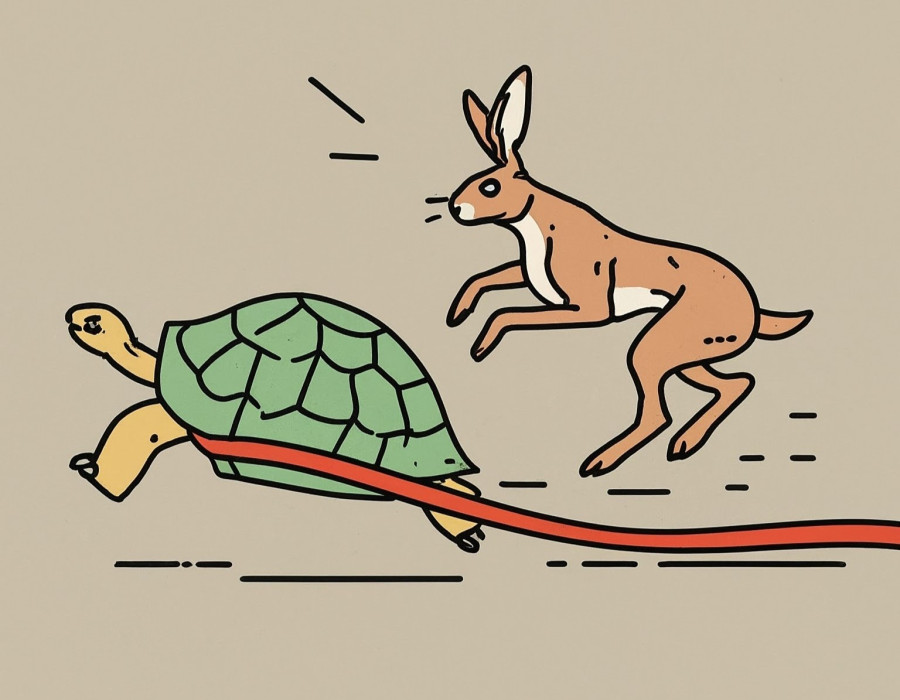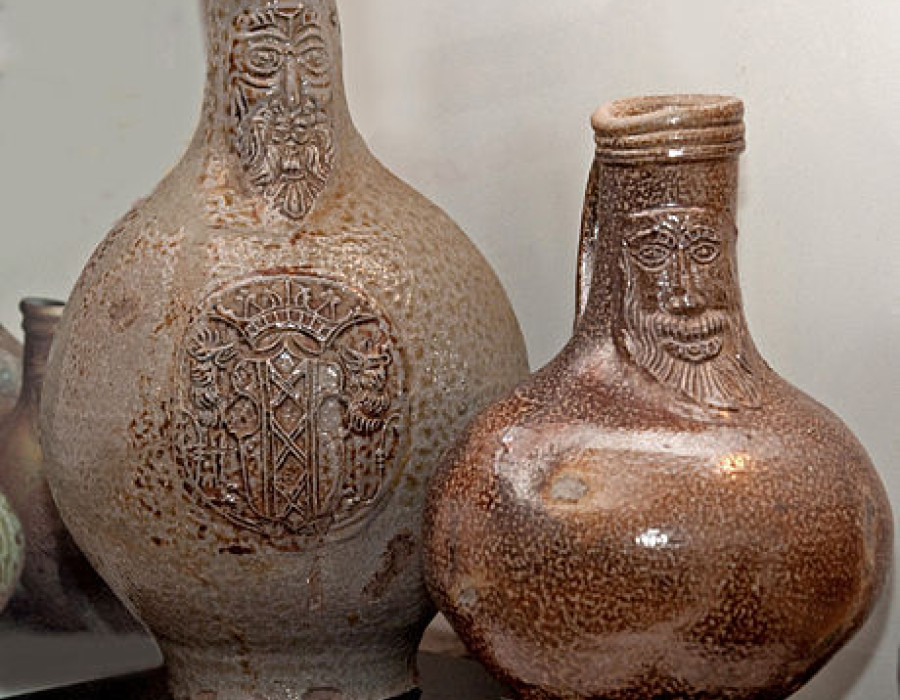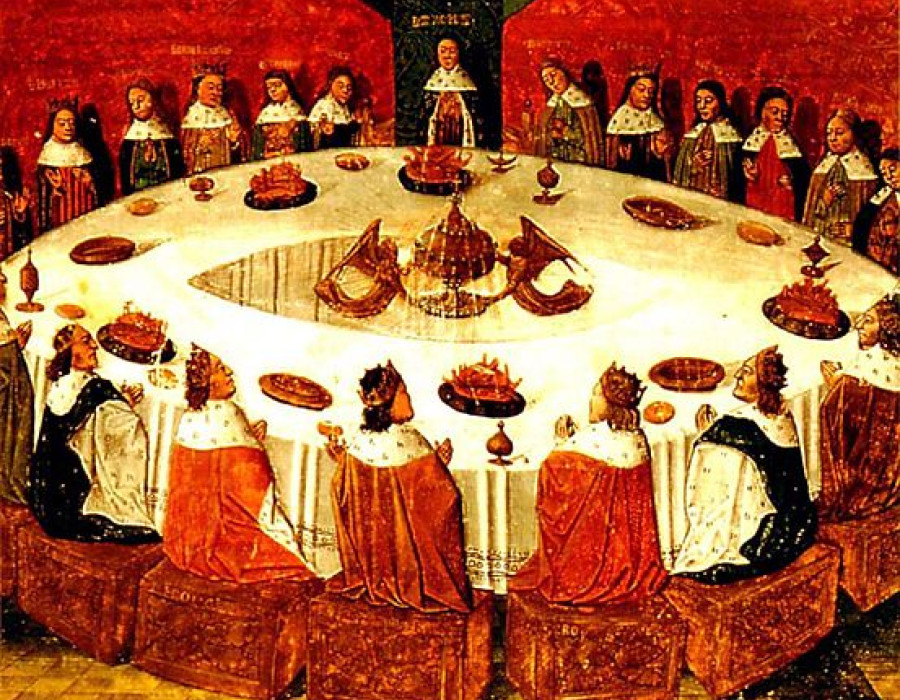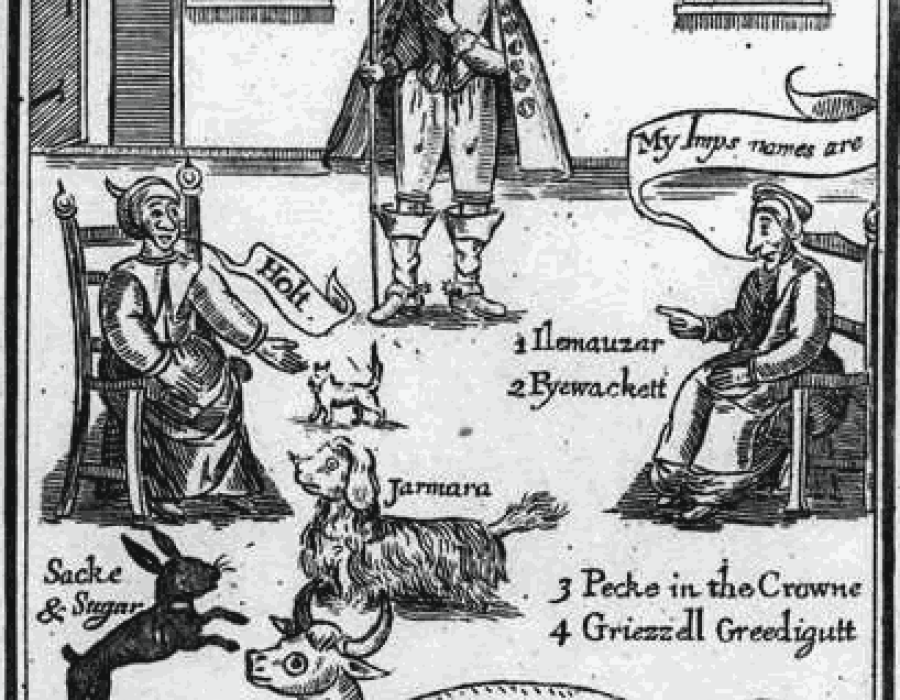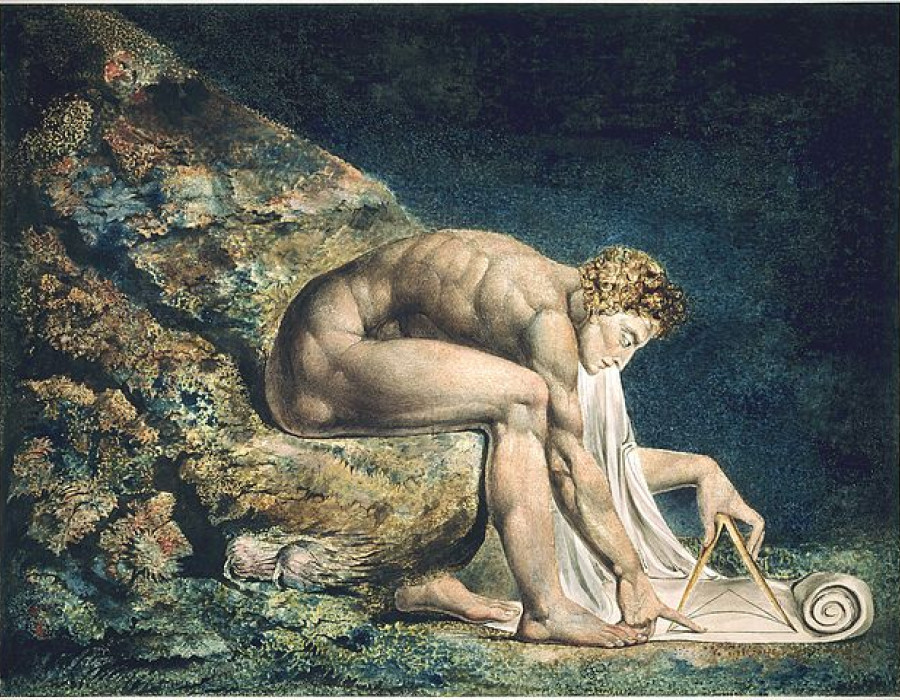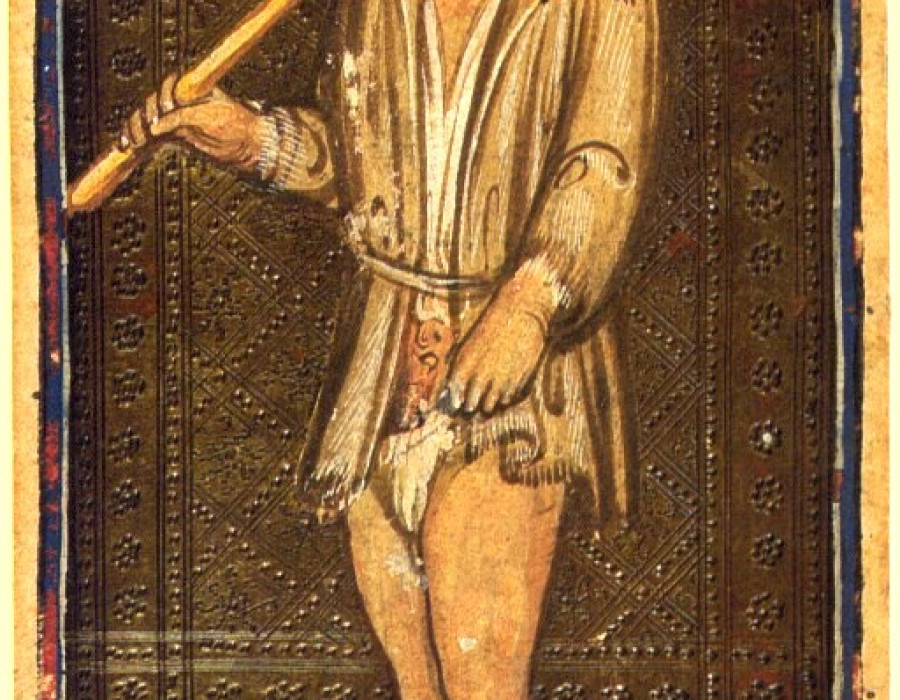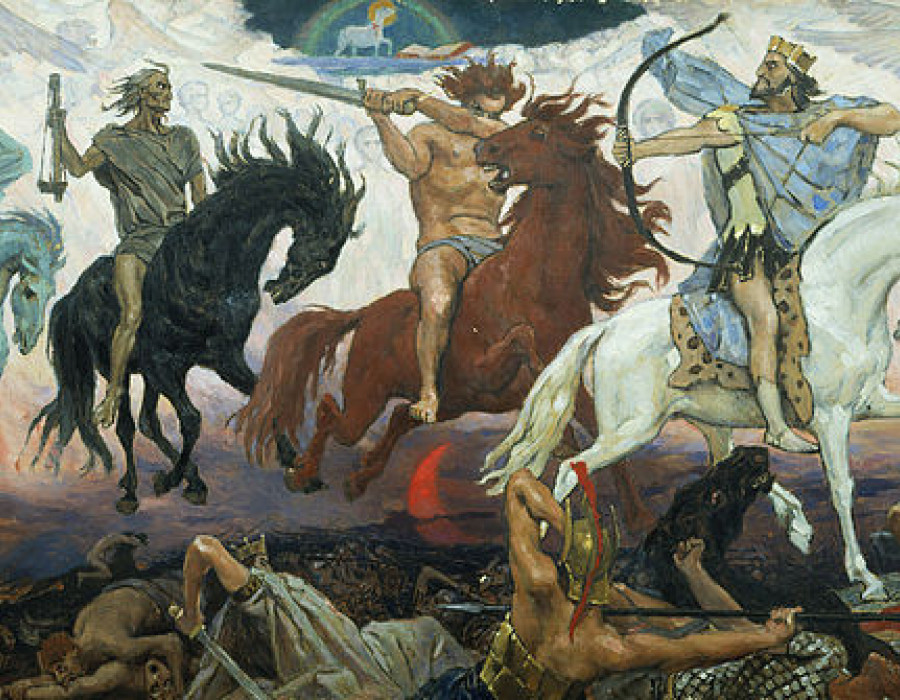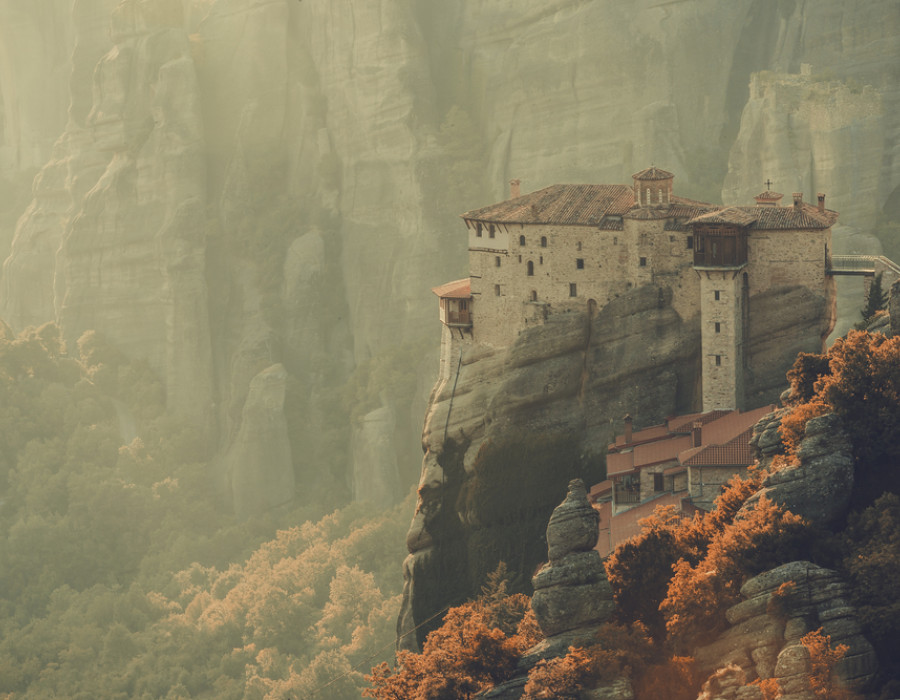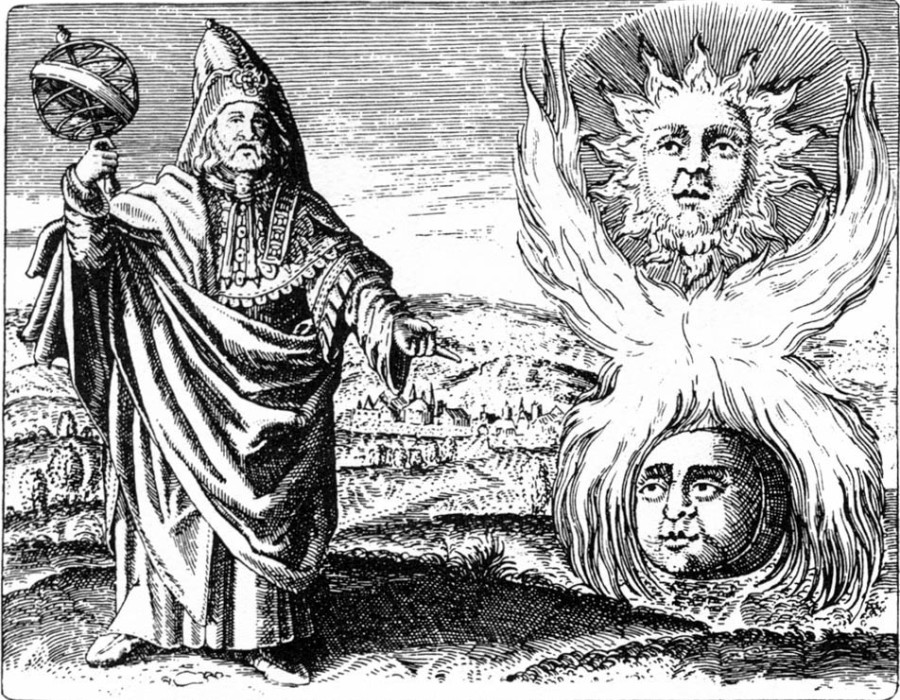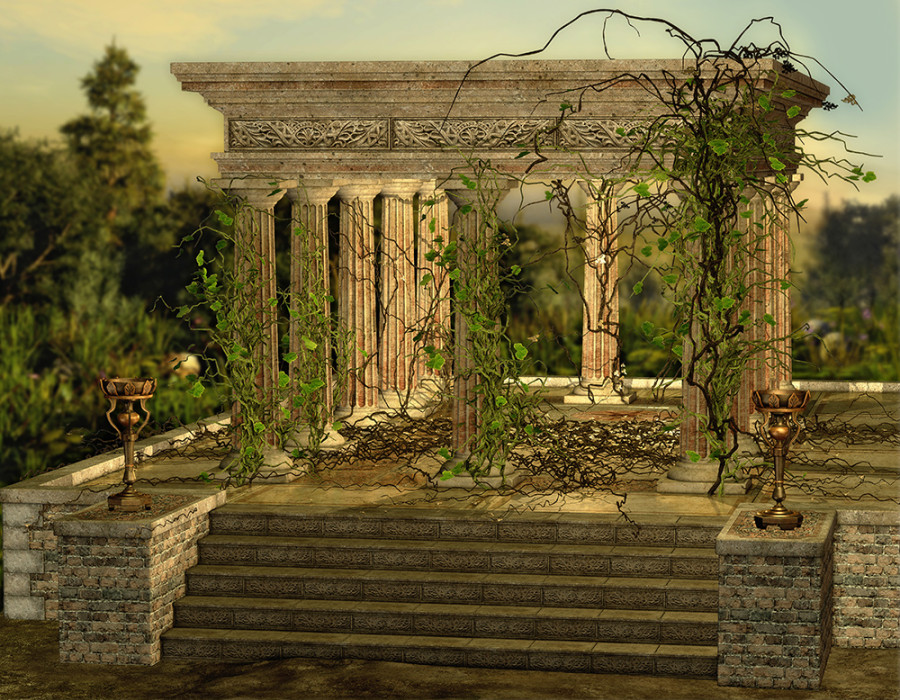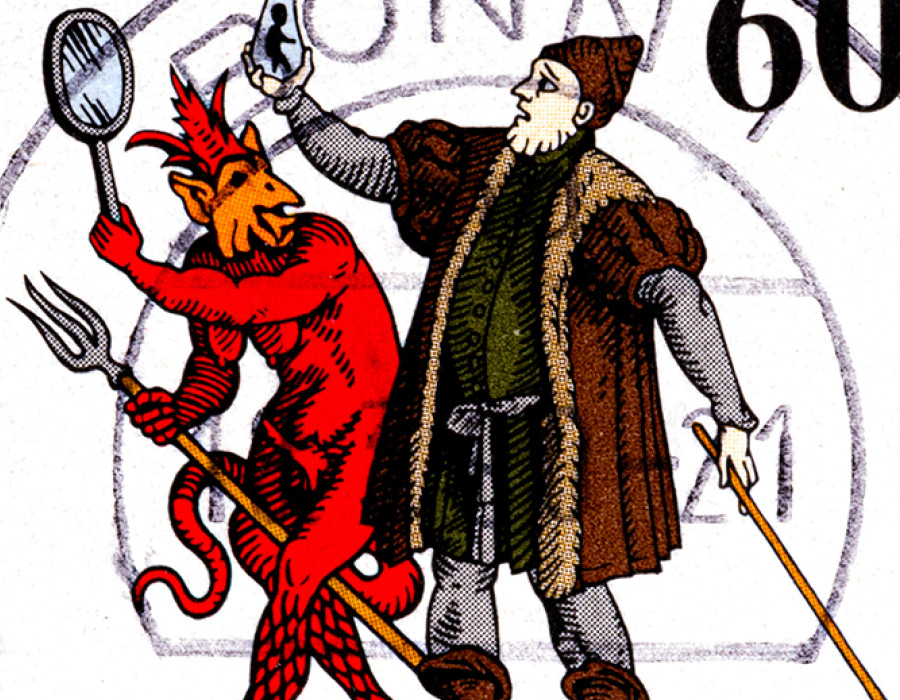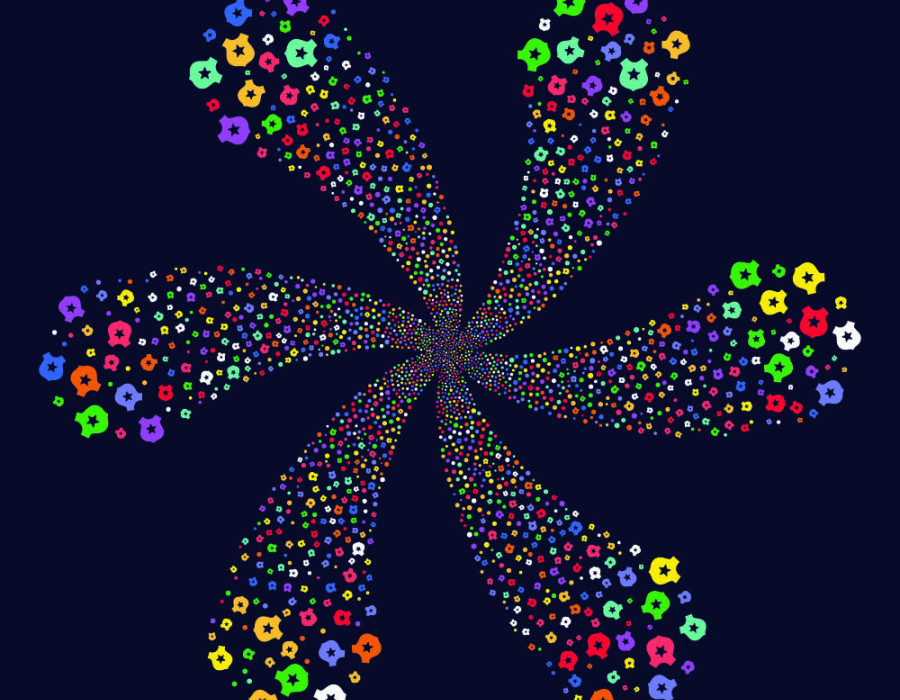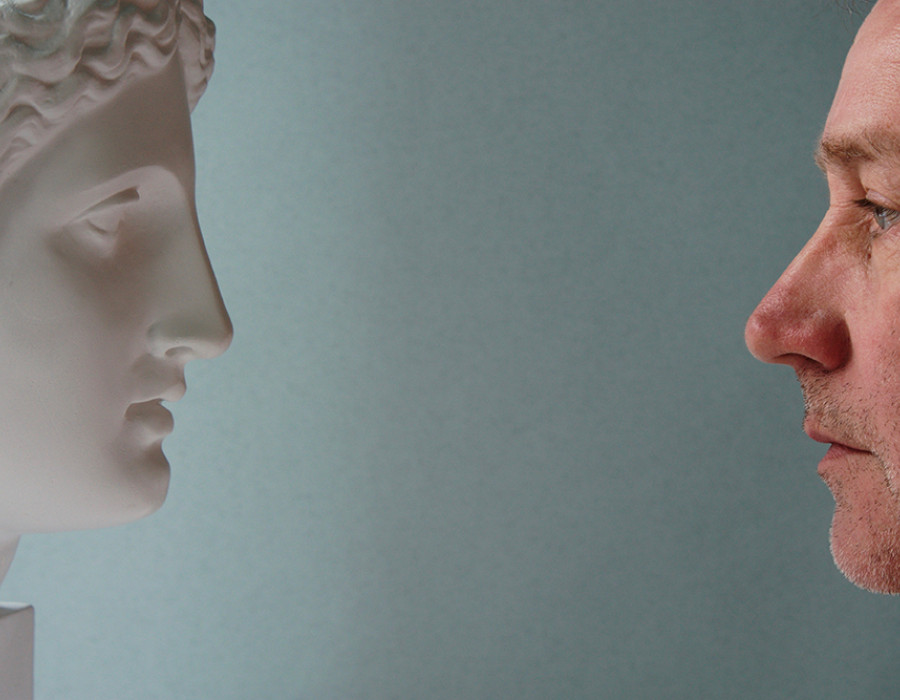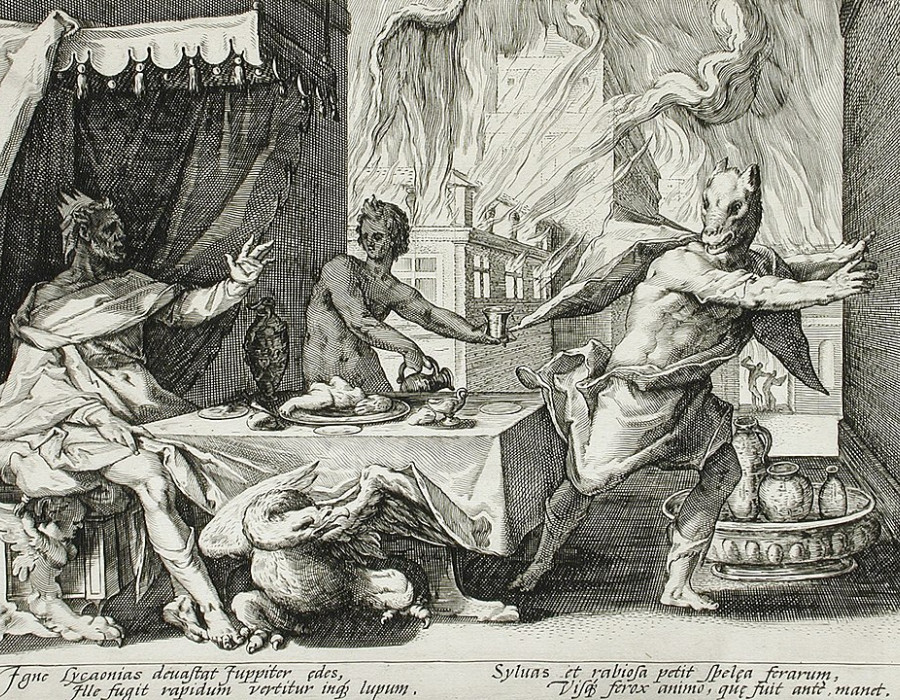
Martin Goodson
The Power of Non-Intentional Spiritual Relations
The Hidden Art of Spiritual Transformation
How do magical ideas around manifesting and attracting the things you want in life relate to Buddhist practice and Bodhisattvas?
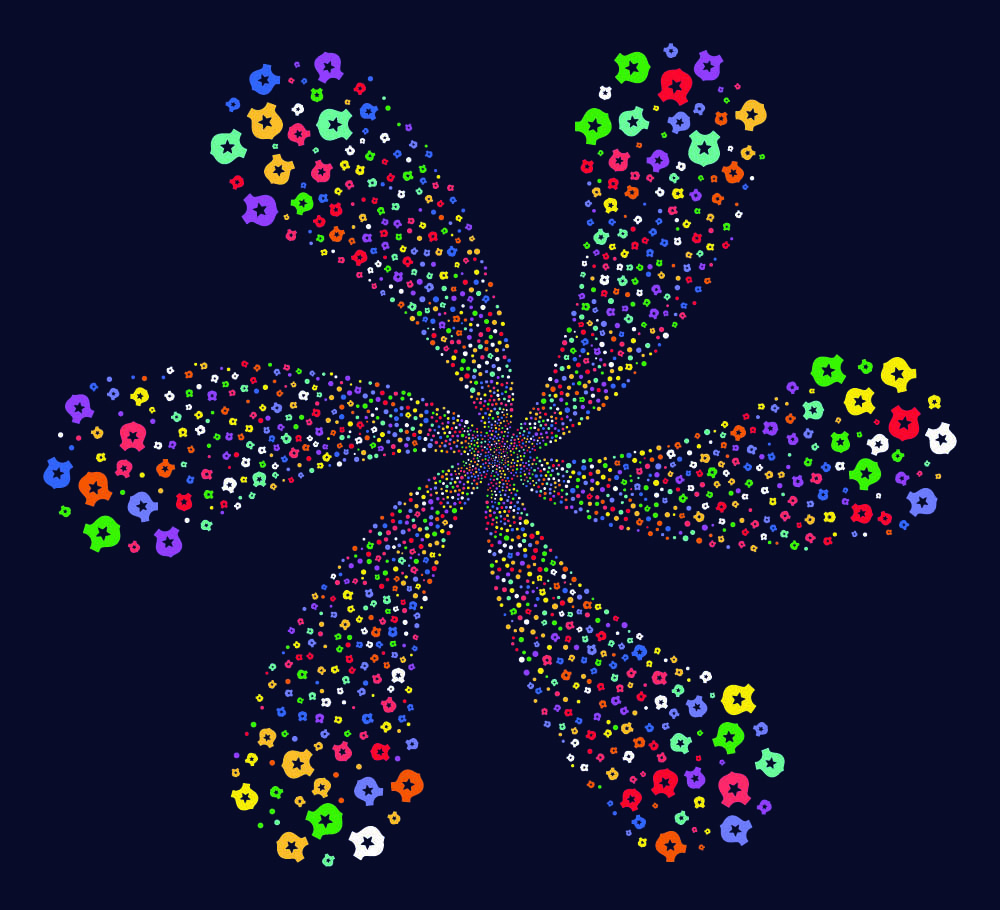 ©
© shutterstock
The Surrealist artist, Austin Osman Spare (1886-1956), defined the art of magic as - ‘the art of attracting without asking.’ Given the tendency towards transactional relationships with spiritual powers discussed earlier how do we navigate this apparent paradox?
There is a story, from Eric Cheetham’s collection of Stories From The Old Silk Road that shines some light on this conundrum.
Once, in Kashmir, there lived a sculptor who had the unfortunate luck to contract leprosy. At that time, anyone who developed leprosy could no longer live in the community but had to live beyond the limits of human habitation. This practice was the same in the West as it was in the East, and for our sculptor this meant removing himself to one of the caves that overlooked the town where he had previously lived. However, although his disease meant he could not live with the community, the latter did not abandon him. Instead, it ensured that he was provided for, bringing him food and the necessities so that he could carry on living in his remote location. For his part the sculptor decided to spend his time, not knowing how long he would have, in fashioning a statue of the Bodhisattva Samantabhadra, with whom he had a great affinity. This bodhisattva embodies the principle of the Buddha’s compassion in action and rides upon a great elephant, a symbol of his strength and power. Time went by and, despite the increasing disability brought on by the disease, the sculptor always found a way of overcoming obstacles and thus keeping to the task.
One evening, a townsman delivered his supper as usual and, in the fading light, saw from the sculptor’s cave an eerie light. Curious, he moved closer and peering around the door saw the sculptor kneeling, head bowed, before the statue which was the source of the light. To the townsman’s horror he saw the statue stretch out its arms and rest them on the bowed head before him. As quickly as he could the townsman ran back to the town and told what he had seen to the amazement of the assembled audience. However, their amazement increased the following day when the sculptor descended from his cave completely cured.
At first glance this story has all the marks of a wish fulfilment story, - a supernatural ending, which, whilst evoking a sense of mystery, is unsatisfying since such things don’t happen to me when I’m in dire straits!
As with all such stories, we need to look carefully at all the elements in order to make sense of them., If the surface meaning is not particularly satisfying to us, then it probably wasn’t to those in the past, and yet this story has been re-told and handed down through the generations, so on some level it must satisfy a deeper need, offer hope or give guidance.
We have the motif of someone in great need making an offering to a supernatural power and getting a response, but a further clue is given by the subject of his offering – a bodhisattva. The term ‘bodhisattva’ is made up of two words ‘bodhi’, or awakening, as in the Bodhi Tree under which the Buddha sat and which sheltered him in his final vigil before he awoke and became Buddha, and ‘sattva’ which means ‘being’. Like the tree which gave the ascetic Gotama shelter, the bodhisattva has taken a vow to assist all beings to attain Buddhahood. Thus, the bodhisattva is something or perhaps anything that gives assistance to the heart’s aspiration towards Buddhahood. This could include the example of the Buddha himself, all his teachings. the Buddhist community, venues where support and training take place and so on. But why personify such things as a being? This suggests a nuance of the spiritual practice of which we may not always be aware. Anyone who examines his or her own dreams will be familiar with how the figures encountered in them often personify some aspect of feeling, of an idea or impulse which is just now relevant in the dreamer’s waking life.
An anxious period may lead to dreaming of a relative who always tended to worry about things, and in the same way the personification of the helping hand points to the sense that the spiritual path is not walked alone. That in fact there is an inner impulse which is activated when someone follows the calling to develop spiritual being. Of course, all impulses must manifest in some kind of vehicle or image and the bodhisattva is the vehicle par excellence. If we really examine why we are interested in the spiritual path, it becomes clear that this interest does not just come from me, myself. Rather it is the following of some prompting – I may not always be able to say why it fascinates me, only that it does. In this way it comes from beyond me, not from outside, but beyond, inside.
According to the Mahayana, all beings already contain the seed of Buddhahood, technically this is known as the Tathagatagharba – the womb of the Buddhas. It was from this originally Indian teaching that the Chinese developed the concept of Buddha nature and the understanding that all beings already inherently contain this.
As the Buddha nature is original, acting in ignorance of it is likely to produce a tension ; since it is a denial of the way things really are. Just as the body has a system of homeostasis to regulate, harmonise and prevent extremes of temperature or chemicals building up in the body, so the Psyche too regulates and seeks to bring the subject back into harmony. This tension sets up a counter current as a way to redress the presence of ignorance and to lead consciousness towards the realisation of the original state of Buddha nature. Thus, the aspiration towards Buddhahood is born; the technical name for this impulse is Bodhicitta. In the early sutras, it is said that ‘the heart inclines towards Nirvana, slides towards Nirvana, leans towards Nirvana.’


